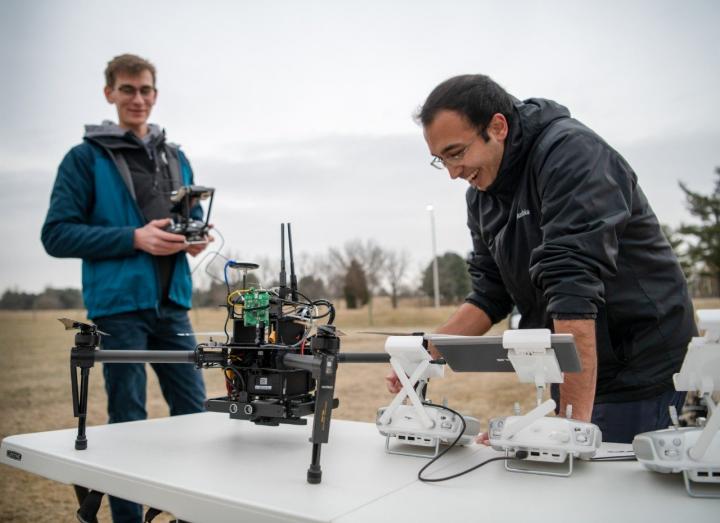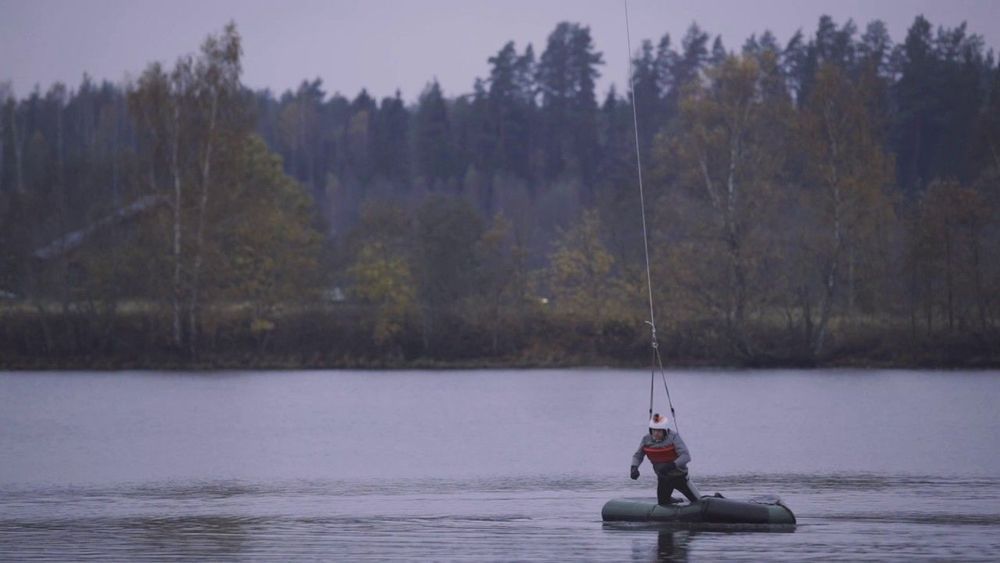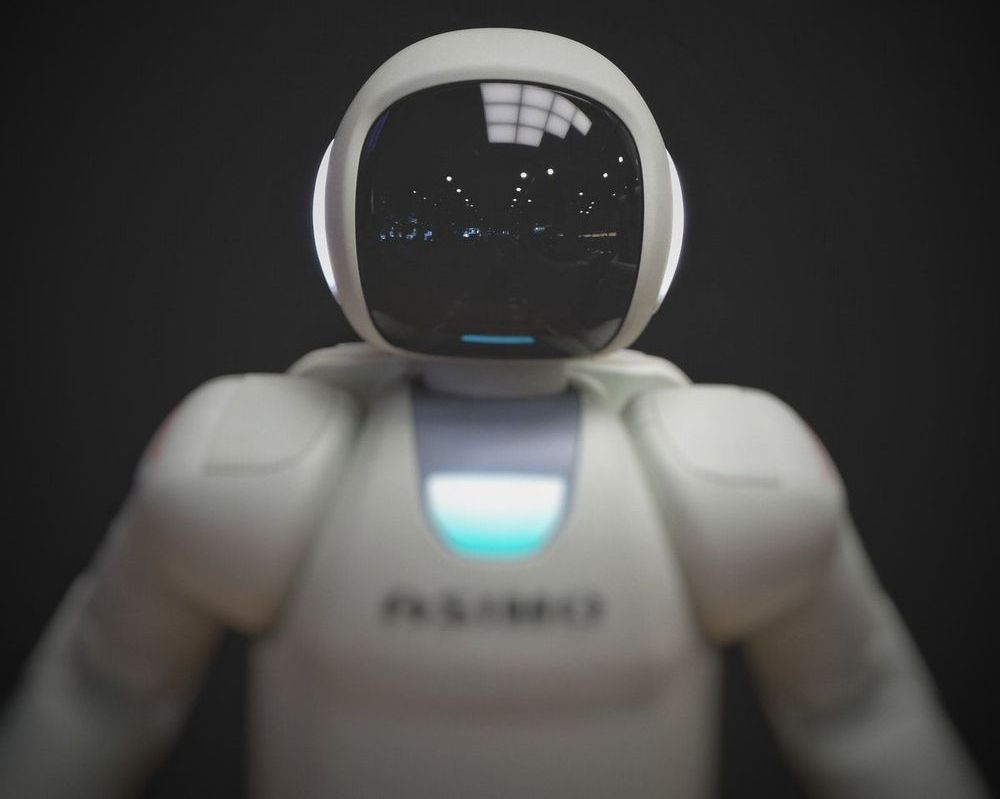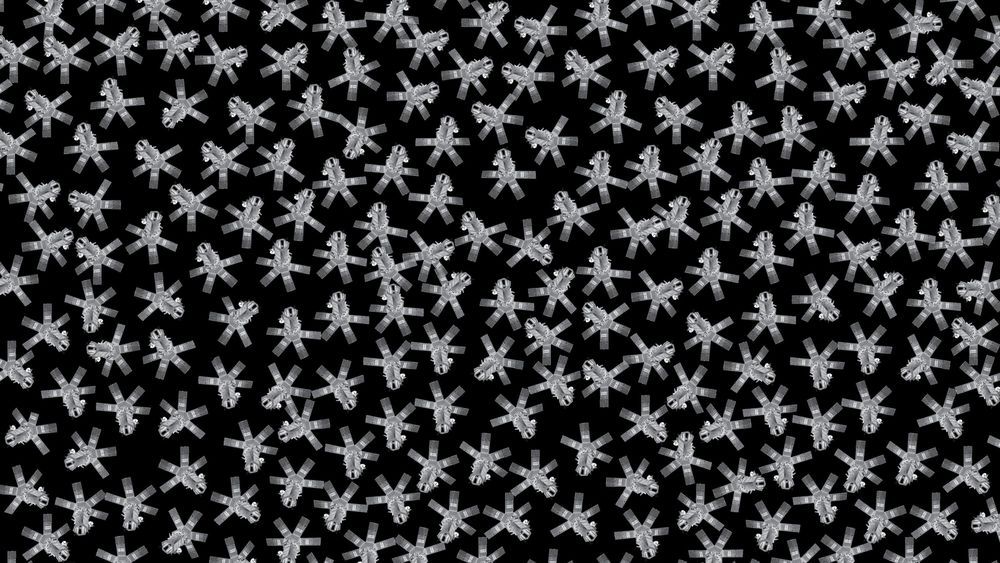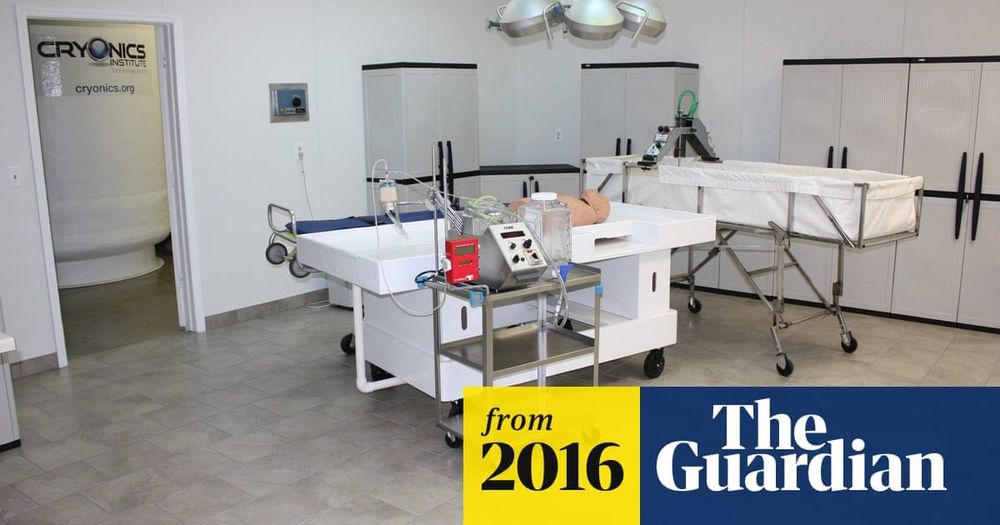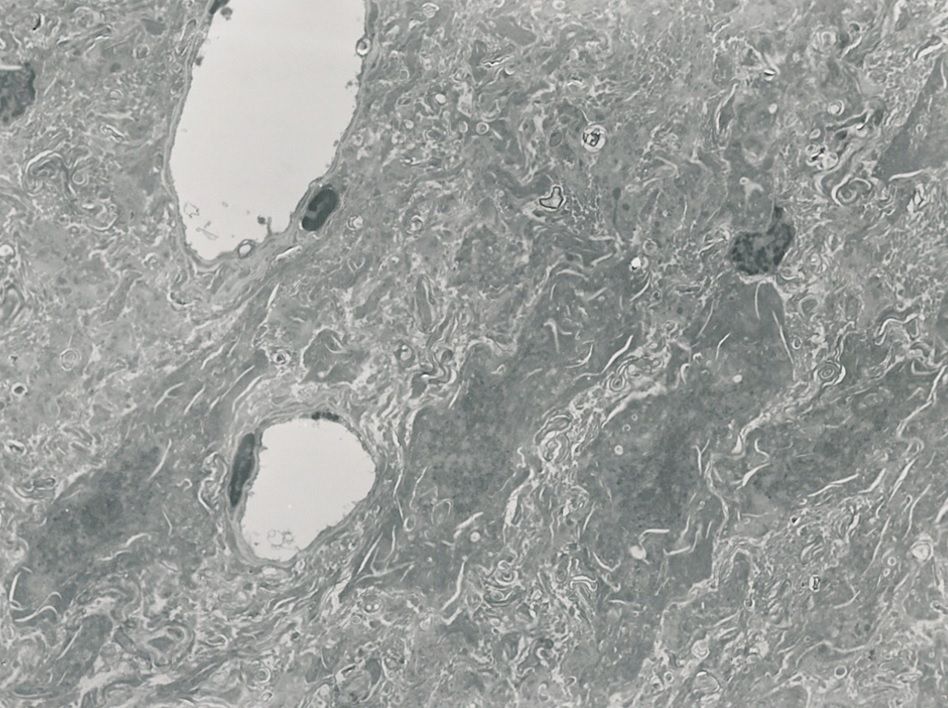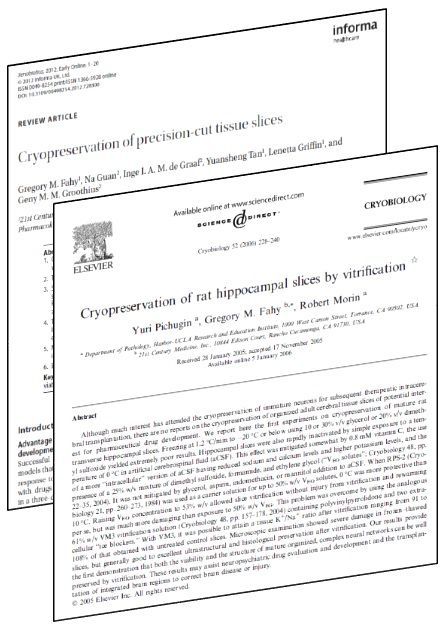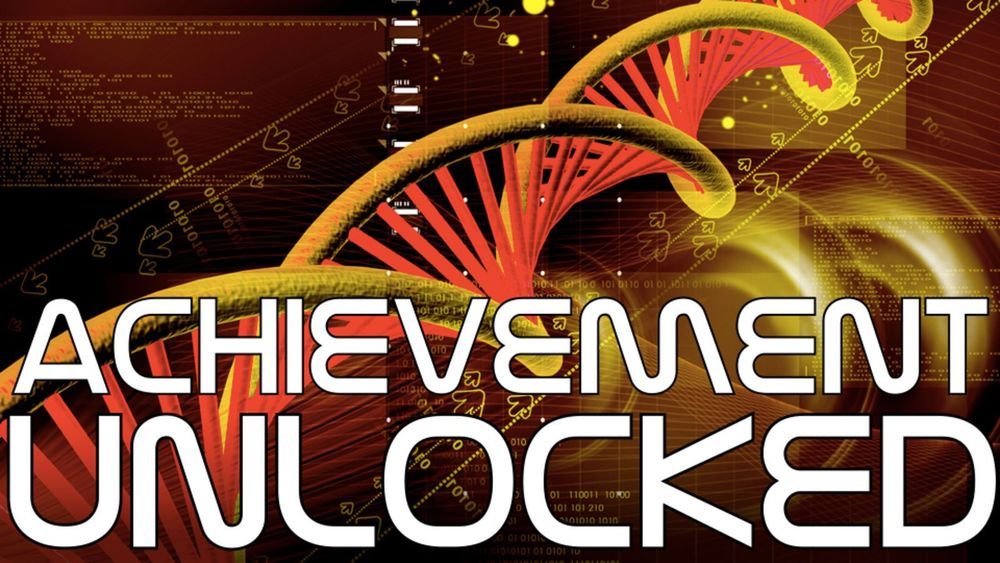Jul 2, 2019
Drones and AI used to enhance lost person search and rescue
Posted by Quinn Sena in categories: drones, information science, mathematics, robotics/AI
Thanks to a $1.5 million grant from the National Science Foundation, a group of Virginia Tech engineers hopes to redefine these search and rescue protocols by teaming up human searchers with unmanned aerial robots, or drones.
In efforts led by Ryan Williams, an assistant professor in the Bradley Department of Electrical and Computer Engineering within the College of Engineering, these drones will use autonomous algorithms and machine learning to complement search and rescue efforts from the air. The drones will also suggest tasks and send updated information to human searchers on the ground.
Using mathematical models based on historical data that reflect what lost people actually do combined with typical searcher behavior, the researchers hope this novel approach of balancing autonomy with human collaboration can make searches more effective. The team has received support from the Virginia Department of Emergency Management and will work closely with the local Black Diamond Search and Rescue Council throughout the project.
